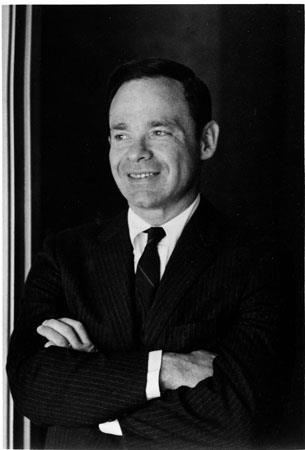Name Edward Rubenstein Books Intensive Medical Care | ||
 | ||
Institutions Stanford UniversityNational Research Council (United States) Notable awards Member of the Institute of Medicine (1981)Member of Major Materials Facilities Committee, The Governing Board of the National Research Council (1984)Master of the American College of Physicians (1986)Kaiser Award for Innovative and Outstanding Contributions to Medical Education (1989)Fellow of the American Association for the Advancement of Science (1992)Albion Walter Hewlett Award Recipient (1993)British Medical Association Award for Editor of Best Book Published Worldwide (Molecular Medicine) (1995)American College of Physicians Laureate (2002) Institution Stanford University, National Research Council | ||
Edward Rubenstein, M.D., M.A.C.P. is an American doctor of internal medicine, with major contributions in the fields of medical education, research (physics, biophysics and biochemistry,) and the arts.
Contents
Mechanisms of Blood Clotting
Edward Rubenstein is a master clinician in Internal Medicine, with multiple areas of expertise including clotting disorders that predispose to pulmonary embolism. His understanding of the fundamentals of clotting biochemistry led him and his colleagues to develop a preparation of platelets and other clotting components for use in “glueing” surgical wounds of the eye, the pituitary fossa, and the microvasculature.
Stanford Synchrotron Radiation Project
In the early 1970s Stanford University marked a landmark period in particle physics research with the creation of the colliding beam storage ring, called the Stanford Positron Electron Accelerating Ring (SPEAR) in 1972. Among the famous discoveries were the J/psi and tau particles. A byproduct of the ring's operation was an intense beam of synchrotron radiation. Rubenstein and his colleagues E. Barrie Hughes and Robert Hofstadter posited that there may be numerous applications of this intensely powerful, tuneable, and linearly polarized radiation to biomedical imaging, including intravenous coronary arteriography. They devised a synchrotron radiation based imaging system which has been used worldwide.
Rubenstein has proposed that the polarized synchrotron light which is emitted by relativistic electrons orbiting neutron stars (linear in the plane of rotation, with opposite helicity above and below the plane) would selectively photolyze chiral molecules floating on grains in nearby space. This mechanism would produce an enantiomeric excess of either right- or left-handed molecules which can be delivered to Earth by passing comets.
Nonprotein Amino Acids
In addition, Rubenstein has pioneered research on the consequences of the misincorporation of nonprotein amino acids, especially the lower homologue of proline, azetidine-2-carboxylic acid (Aze). This compound eludes the gate-keeping function of the prolyl tRNAs, and enters a wide range of proteins. For instance, the central region in a consensus epitope of myelin basic protein consists of the sequence: proline, arginine, threonine, proline, proline, proline. Dairy milk from cattle fed sugar beet byproducts is high in Aze, therefore infants fed such milk are exposed to Aze in their diets.
